Choosing Peppers for Fermentation
To make fermented pineapple habanero hot sauce at home, start with high-quality peppers. In this recipe, I used fresh habaneros and orange bell peppers. Here’s my checklist for choosing good peppers:
- Density: The peppers should feel hydrated and have good turgor pressure. It should not feel dry, shriveled, or floppy.
- Check for surface mold: Look for indentations and soft spots in the habaneros. You do not want to buy peppers that are squishy. Peppers that are close to molding will have dark, small, circular indentations or black “pocks” on the surface and near the stem.
- Skip the bag: It’s essential to note that you should not use peppers that come “triple-washed” in a plastic bag. Or frozen peppers. These do not wild ferment well (or at all, really) because they lack the microorganisms necessary for the fermentation process. You can mix frozen peppers in with fresh peppers, though.
- Color: Peppers should have a uniform color, but some peppers do change colors as they ripen. For example, some habaneros will be darker orange than others.


Pepper Options for Pineapple Habanero Hot Sauce
While this is a recipe for habanero hot sauce, you can make some substitutions with great results!
Other good options for red peppers include Cayenne or Red Anaheim. I’ve made a batch with a mix of all three, and it was terrific. Note that different peppers will yield variable heat levels.
If you are looking to make other kinds of hot sauce, you can use this recipe blog with just about any pepper type.
Additionally, I would like to note that some peppers contain excessive capsaicin, which prevents beneficial fermentation microbes from growing during fermentation. I’m referring to peppers with Scoville units above 500,000 (such as the Trinidad Scorpion, Komodo Dragon, Carolina Reaper, Ghost Pepper, and Naga Viper, among others). I wouldn’t be surprised if there are no fermentation bacteria on the surface of a Carolina Reaper pepper, for instance. At such a high concentration, capsaicin is bactericidal.
If you want to ferment extremely hot peppers, mix them with milder peppers. For this recipe, I added an orange bell pepper, garlic, onion, and pineapple to the habanero to balance the heat.

Fermenting Pineapple Habanero Hot Sauce
Regarding fermentation times, the longer the peppers ferment, the more the flavor develops. I love peppers that have been fermented for about five weeks. After five weeks, they’re perfectly tart and preserved, ready to be made into hot sauce.
When fermenting peppers, it’s best to use a slightly higher salt concentration than for other vegetables; approximately 3.5% of the total weight in salt is a good starting point. I prefer peppers with a total salt concentration ranging from 3% to 6%. (Read more about salt concentration here).
While some people make hot sauce by blending and mashing the peppers first, I do not. I prefer to ferment everything in slices, so it all stays submerged with a fermentation weight during the 5-to 6-week fermentation period. Once fermentation is complete, it’s time to cook it down and blend it into a sauce.
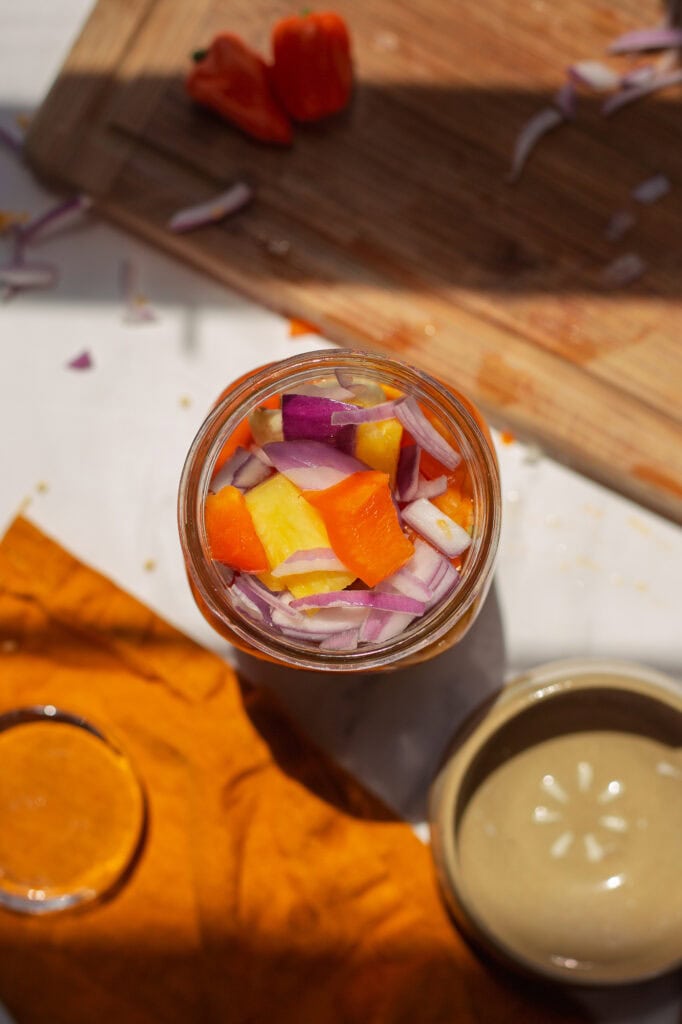
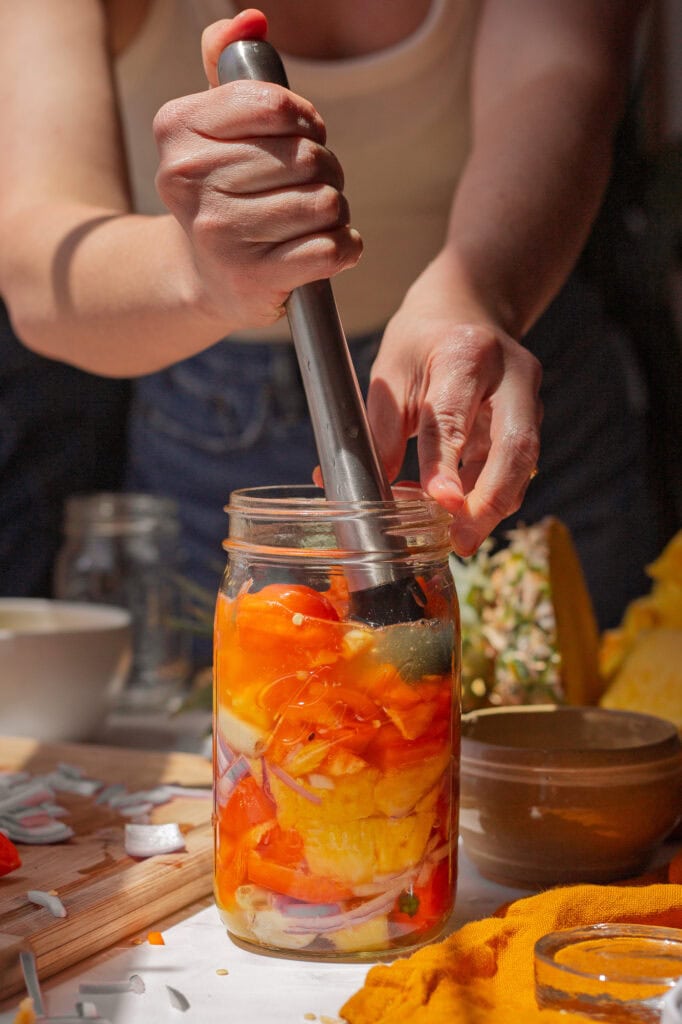
Fermentation Tips
The process starts by wild fermenting the peppers and pineapple for five weeks at room temperature.
During the first few days of fermentation, carbon dioxide and bubbles will be produced. Sometimes, jars will become very full of liquid, and this liquid can seep out. It’s essential to “burp” the jar during the bubbly stage.
- If using a standard mason jar lid, remove the lid and gently tamp everything back down using a gloved hand, a tamper, or a spoon. Ensure everything remains submerged below the brine, and resecure the lid.
- You may notice pepper seeds floating. You can scoop them out with a clean spoon.

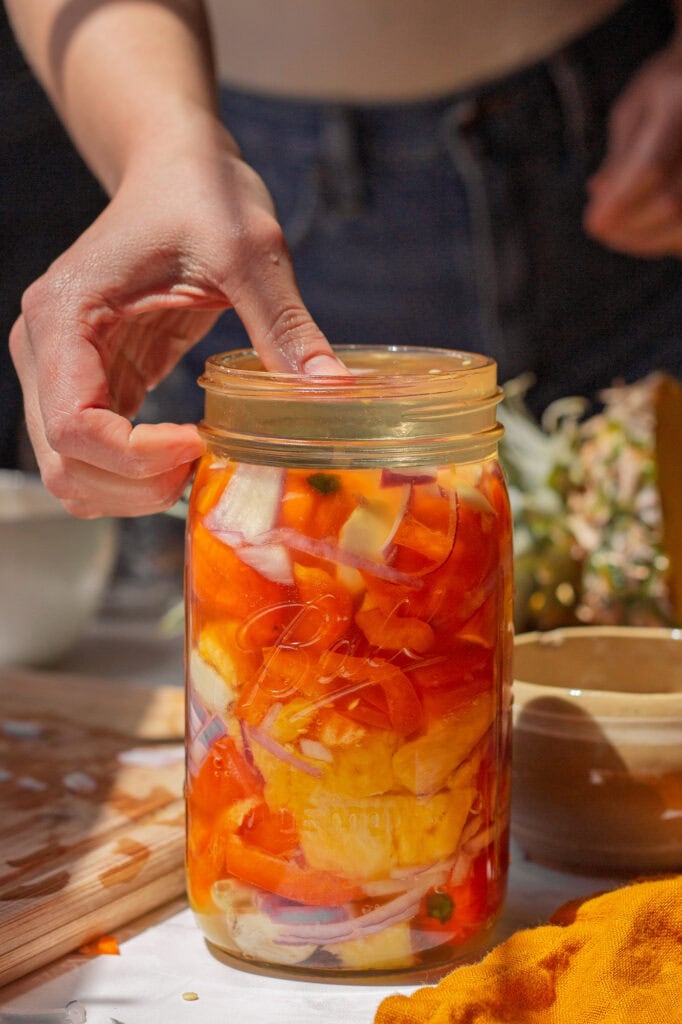
Things You May Need:
Hot Sauce Fermentation Timeline
Here is the timeline of pepper fermentation at a moderate room temperature (approximately 76°F).
24 – 72 hours: All contents in the jar should be submerged beneath the brine. Currently, Gram negative bacteria and potential pathogens remain present.
72 hours – 9 days: After 72 hours, you should start to see lots of bubbles being produced. This is the stage at which you will burp the jar (open the lid and ensure everything is submerged below the brine). This is when the ferment enters stage two of the vegetable fermentation process. Leuconostoc bacteria begin to thrive and produce a lot of carbon dioxide. Gram negative organisms die off. You may notice an acidic smell and color changes during this time.
9 – 14 days: The bubbles in the brine will decrease as the ferment leaves stage two and enters stage three. The brine will be very cloudy and start to develop a pleasant sour smell. The peppers will also begin to change color from vibrant to more muted colors. Lactobacillus species are most abundant during this period.
14 – 28 days: Lactobacillus comprises most or all of the microbial population. They produce copious amounts of lactic acid, making the ferment smell even more pleasantly sour. This is the time when the pepper mixture becomes preserved.
30 days: Wait for the pepper mix to develop the desired aroma and flavor, then proceed to blend and cook the hot sauce. (We cook it because we add sugar to the hot sauce and want the sweetness to remain in the flavor profile. This kills the microbes, but it also produces the best flavor.)
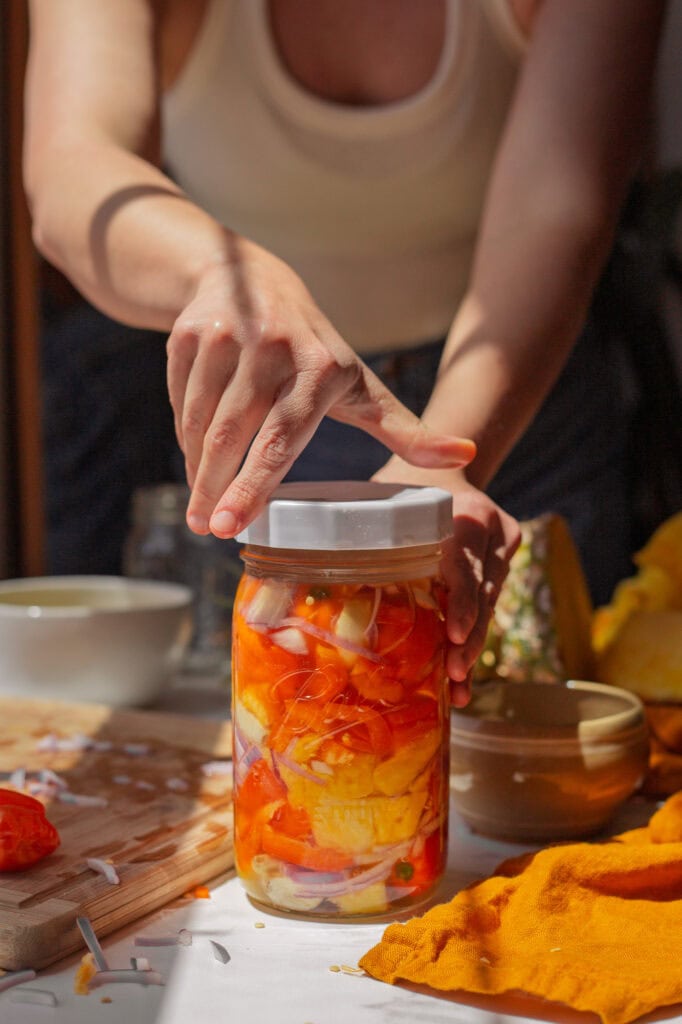
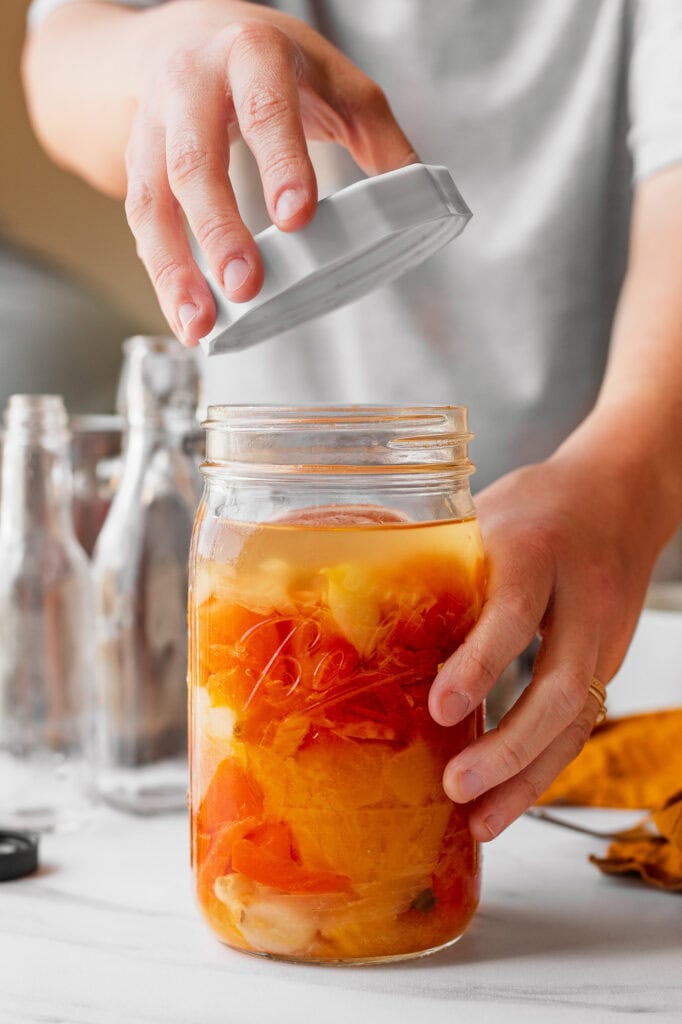
Why We Cook the Habanero Hot Sauce
When making fermented hot sauce with sweet flavors, we must cook the sauce. Cooking habanero hot sauce serves two functions. First, it stops the fermentation, allowing us to add sweetness (from pineapple juice, honey, or sugar) that will remain in the flavor profile. Second, it thickens the sauce without the need for artificial thickeners.
Your house will smell hot and spicy when you cook the hot sauce, but it’s so worth it. Remember, probiotics are not the only benefit of fermentation. Sometimes we ferment just for a fantastic, unique flavor.
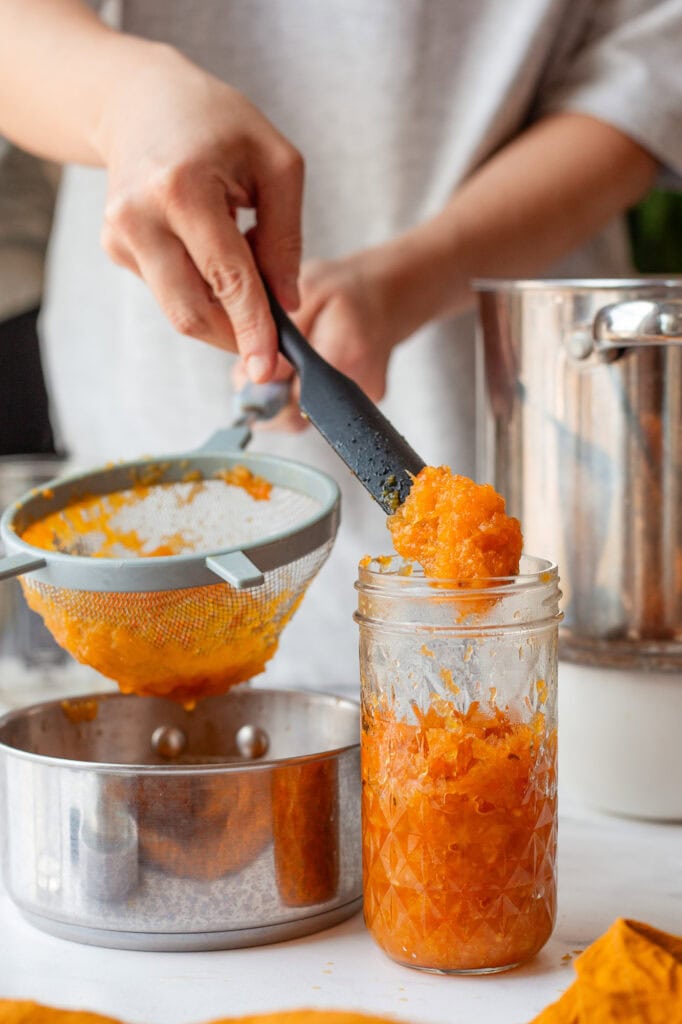
Bottling and Using All Parts
Since you strain the habanero hot sauce, you will have some pepper pulp left over. Please do not throw it away! Put it in a mason jar and store it for future cooking use. It is fantastic in soups, stews, braises, and especially ramen.
Essentially, this recipe provides two sauces: pineapple habanero hot sauce and pineapple habanero pepper paste. Yay!
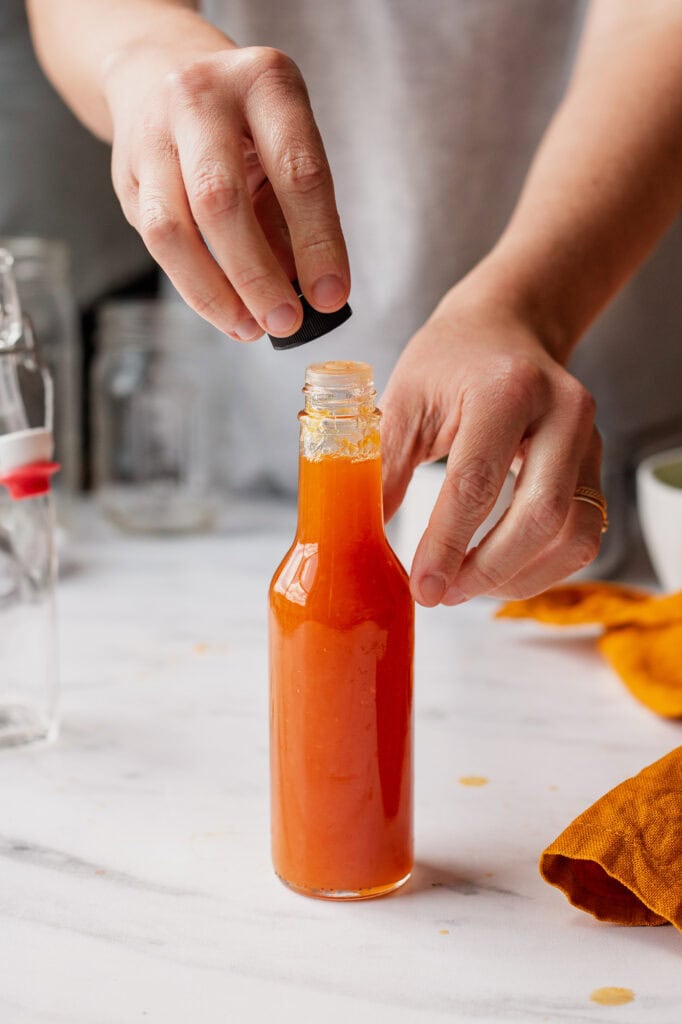

Fermented Pineapple Habanero Hot Sauce
Learn how to make fermented pineapple habanero hot sauce at home. To make this spicy, sweet, hot sauce you’ll need habaneros. However, this recipe can be adapted to make hot sauce with many types of peppers!
- Prep: 10 minutes
- Cook: 30 minutes
- Total Time: 840 hours 40 minutes
Ingredients
- 60 grams habaneros
- 240 grams orange bell pepper
- 100 grams red onion
- 200 grams pineapple
- 50 grams garlic
- 180 grams water
- 38 grams salt
- 100 grams pineapple juice, sugar, or honey (after fermentation)
- 100 grams vinegar (after fermentation)
Instructions
- This recipe at 1x works best with a 32-ounce jar for the fermentation and a 12-ounce bottle for the sauce.
- Wash your fermentation equipment, including the jar, weight, and lid with hot water and soap.
- Wash and chop the peppers, onion, and pineapple (wear gloves if you are sensitive to peppers).
- Crush and peel the garlic.
- Place your kitchen scale on the counter. Turn it on and set it to weigh in grams. Place a mixing bowl on your kitchen scale and tare/zero the scale.
- Measure out the designated amounts of habanero, bell pepper, onion, pineapple, and garlic.
- Remove the bowl from your scale and set it aside. Place your empty, clean mason jar on the scale, and tare/zero the scale. Ensure your scale is still set to grams, and add the designated amount of filtered water to your mason jar.
- Place a small bowl on your scale and tare/zero the scale. Weigh out the sea salt. Then add the salt to the jar with the water. Stir until all the salt is fully dissolved.
- Add the peppers onion, pineapple, and garlic into the mason jar with water. You will need to mash the peppers into the jar with a tamper or spoon to pack them in, as you do, the brine will come up.
- Place your fermentation weight in the jar, ensuring that all the pepper pieces and the weight are fully submerged in the liquid. You can use a big ring slice of onion or an outer cabbage leaf under the weight to help tuck everything in if necessary.
- Secure the lid to the jar and ferment at room temperature for 5 to 6 weeks.
- After fermentation, add all of the fermented peppers, garlic, and brine to a blender with the sugar (or pineapple juice/honey) and vinegar. Blend on high until smooth.
- Scoop everything from the blender into a pot and simmer for about 10 minutes.
- Place a colander over a large bowl and strain the sauce. You can mash the pulp in the colander with a spoon to get all the juices out. (don’t forget to save the pulp to use as a pepper paste!)
- Return the strained liquid to the same pot and cook for 10-15 more minutes at a simmer with regular stirring until it reduces down and thickens a bit.
- Using a funnel, bottle the sauce. Wait to cap the bottle until the sauce cools down a little.
- Store in the refrigerator. Use within a year for the best flavor.
Notes
- You can use other peppers in this recipe. Peppers above 500,000 Scoville units contain an extremely high concentration of capsaicin. At those levels, capsaicin is bactericidal and can prevent natural fermentation. Choose your peppers accordingly.
- Cooking the sauce is essential to stop fermentation, preserve the sweet flavor elements, and to naturally thicken the sauce.
- Don’t forget to save the strained pepper paste to use in recipes too!


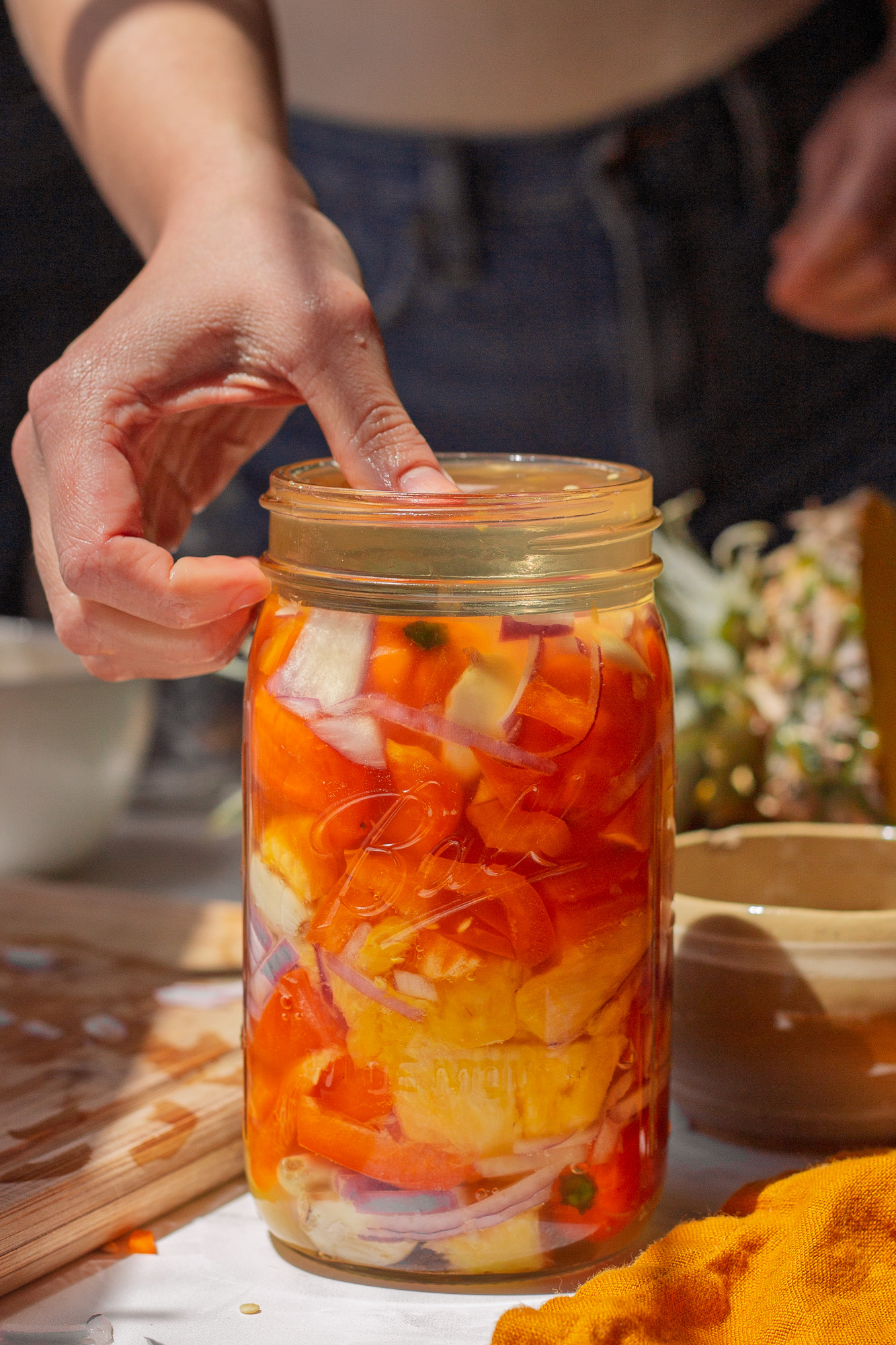
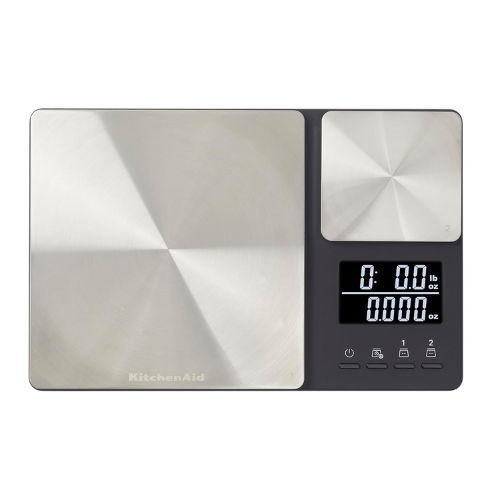

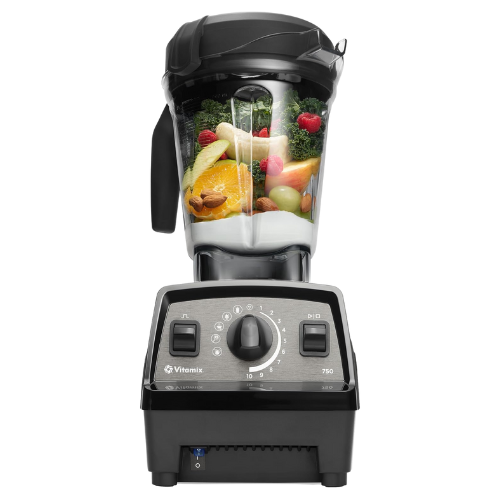
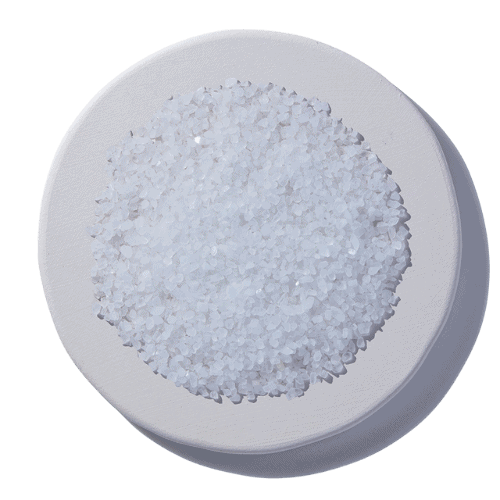


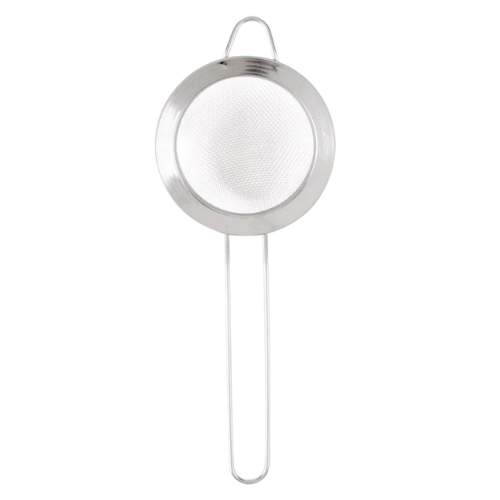
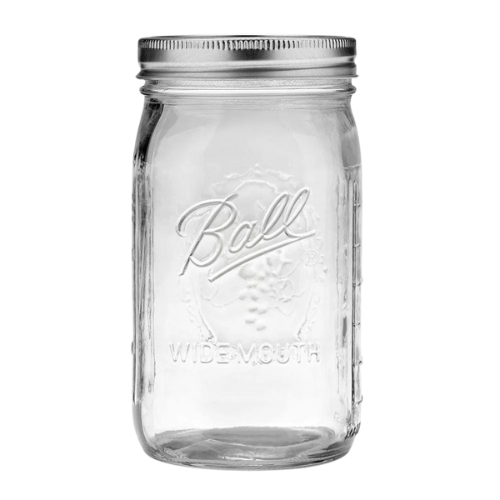












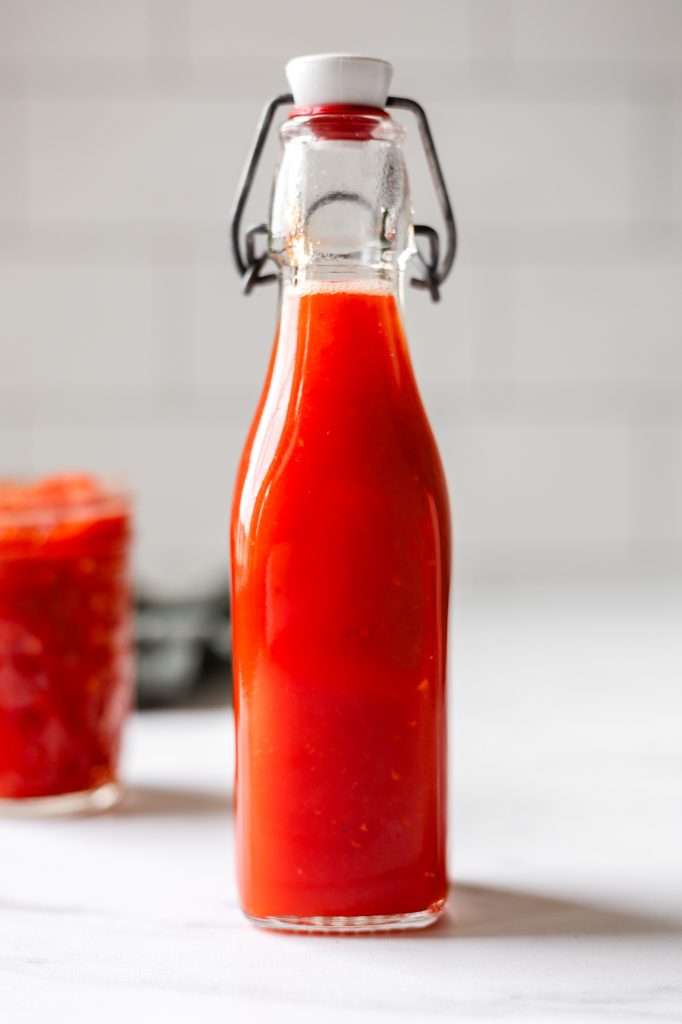
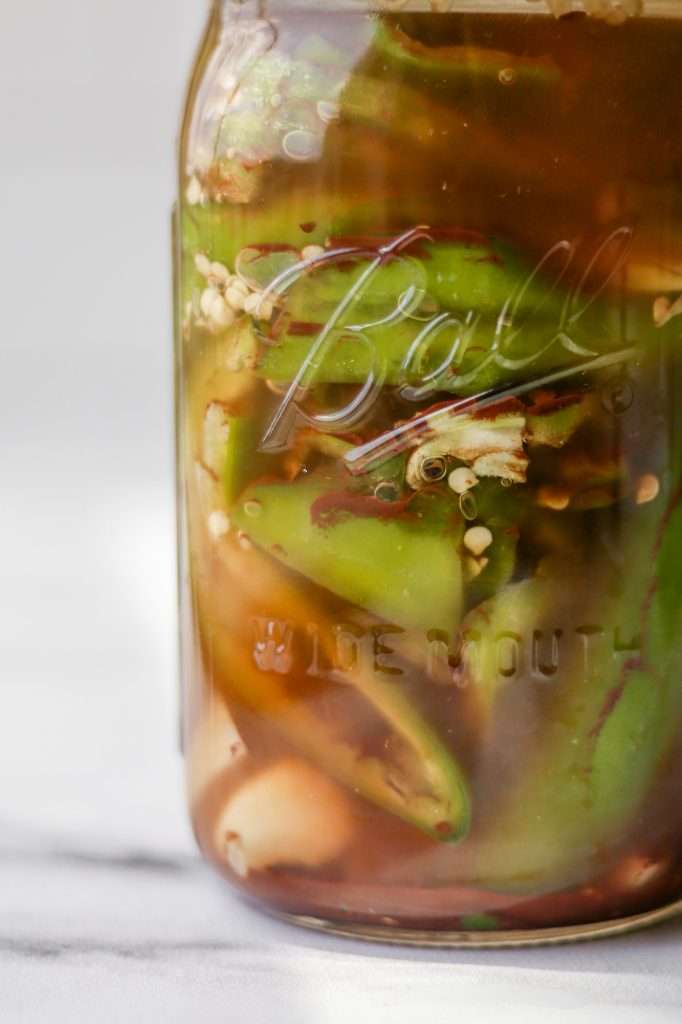


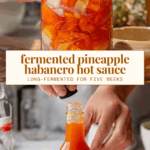
Outstanding hot sauce. I added honey after the ferment and it was just the right amount of sweetness. Also the heat was just right. I will probably add some pepper mash back into the strained hot sauce just to thicken it. Great blend of flavors. Thanks for the recipe.
Definitely 5 stars!
Hello! May I double or triple this recipe without issue in a bigger jar? So you recommend always calculating brine % based of total weight of water and peppers/garlic/fruit.
Thanks!
yes! yep. I always calculate total salt based on weight of all veg/fruit + water
Beatiful recipe! Can I safely double or triple this recipe in a bigger jar? Thank you!
totally!
This was delicious. It wasn’t as hot as I would have thought. Could I add more habaneros next time and just increase the salt? That being said… it came out a tiny bit too salty but that is likely on me because I usually do a pinch of added salt because I worry I will not have enough and something will go south. Lovely recipe! Will make again
What other fruits can we use for this hot sauce? What about raspberries, strawberries, kiwi? Have you ever tried them?
I made this recipe and fermented the peppers for about 6 weeks. This was my first time fermenting anything and I was a little nervous. I grew peppers this year with the intent to make hot sauce I just didn’t know what recipe I was going to use. I saw your clip for this one in insta just before my peppers were ripe and I immediately knew this was the one. My habaneros didn’t come up so I used Bulgarian carrot peppers from my garden instead. I finished the sauce today and it is absolutely incredible. It’s so delicious. It has a wonderful fruity and sweet favor thanks to the pineapple and a beautiful spicy finish from the Bulgarian carrot peppers. Thanks for making this a very simple recipe to follow and thanks for the ratio to create the perfect brine for the ferment. I’m saving this technique for next year.
Wow! This is wonderful to hear! I’m so glad you stumbled upon my recipe and gave it a go with your homegrown peppers. I’ve never heard of Bulgarian carrot peppers and now I’m intrigued and want to try them. Thank you for stopping back in to leave a review!
I am a real newbie to this..so this is probably a stupid question, but how long can this fermented hot sauce last in an unopened bottle. I tried to make hot sauce for Xmas presents last year..the sauce was good, but a few had mini volcanoes in their kitchen 🙁
My hot sauce recipes like this one, and my Garlic Sriracha Hot Sauce are cooked before bottling! The cooking eliminates the microbes and stops fermentation, so they last for a long time in the fridge without any explosion mishaps.
Highly recommend this easy-to-follow recipe that makes a surprisingly complex and nuanced hot sauce! I followed the recipe to the letter and am very pleased with the results. I enjoy very hot pepper sauce and I would call this sauce on the very lower end of medium hot (which is entirely dependent on the peppers, of course!). Love the first bit of tang that’s perfectly balanced by the sugar, with the incredibly pleasant slow burn that follows. 10/10 recipe and can’t wait to make another batch! You rock,Cultured Guru!
Thank you for this glowing review! It’s wonderful to hear that you enjoyed this hot sauce recipe!
As always clear directions,
Fabulous results.
Many thanks.
Thanks for leaving a review! I’m glad you enjoyed the hot sauce!